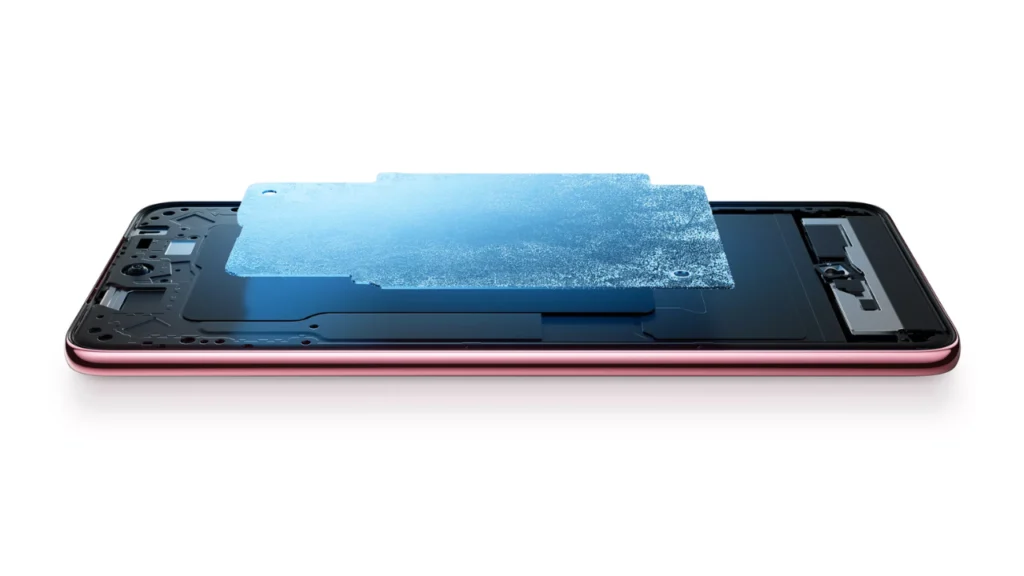In the ever-evolving world of smartphone technology, one thing that users always want more of is battery life. Just a few years ago, a 5000mAh battery felt massive. Today, phones in the same price range offer 6000mAh, 7000mAh, and even higher capacities. But have you ever wondered how this leap in battery performance is even possible? The answer lies in a relatively new advancement in battery technology — Silicon Carbon (Si-Carbon).
Let’s break it down in the simplest way possible and understand why Si-Carbon batteries are the silent heroes behind your long-lasting smartphones.
What Is Silicon Carbon?

Before diving into Silicon Carbon, it’s essential to understand how a smartphone battery works at a basic level. Inside every battery, there are positive and negative terminals and a fluid-like substance called an electrolyte. During charging, ions move from the positive terminal to the negative terminal. When the phone discharges (i.e., when you use it), these ions travel back to the positive side.
Traditionally, the terminals inside a battery were made using graphite and layered with materials like aluminum or copper. However, with Si-Carbon batteries, this setup is evolving.
Instead of graphite, Silicon is used as the base material. Why? Because Silicon can store a much higher number of ions than graphite. More ions mean more energy, which translates to — you guessed it — bigger battery capacity. That’s how we’re seeing 7000mAh and even 9000mAh batteries in smartphones today.
But there’s a catch. While Silicon can hold a huge amount of charge, it also comes with a risk — instability. When overloaded, it may become unsafe, even catching fire in extreme conditions. That’s where Carbon steps in.
Why Carbon?
Carbon is the stabilizer in this equation. It works alongside Silicon to maintain safety and durability. Carbon helps manage the expansion and contraction that occurs in Silicon during charging cycles, thus reducing the risk of battery swelling or overheating.
Together, Silicon and Carbon create a battery that not only holds more charge but also remains stable and reliable — making it a game-changer for smartphones.
Advantages of Si-Carbon Batteries
- Higher Capacity: Easily allows for 6000mAh to 9000mAh batteries in the same physical space.
- Longer Battery Life: More charge cycles mean your battery lasts longer over months and years.
- Faster Charging: Si-Carbon supports higher charging speeds without sacrificing battery health.
- Better Efficiency: Improved energy density means more power without increasing the size or weight.
Disadvantages to Consider
- New Technology: Being relatively new, Si-Carbon batteries are still evolving and might not be perfect yet.
- Higher Cost: Initially, the cost is a bit more than traditional Li-ion batteries, but this is expected to go down with mass adoption.
Final Thoughts
Silicon Carbon batteries are not just a buzzword — they represent a real advancement in mobile power technology. By replacing traditional graphite with Silicon and reinforcing it with Carbon, manufacturers are delivering higher capacity, faster charging, and more reliable batteries. This innovation is what’s enabling the power-hungry features in modern smartphones to run smoothly without constantly needing a charge.
So, the next time you see a smartphone boasting a 7000mAh battery, you’ll know the secret behind it — Silicon Carbon.
Disclaimer: This blog post is for informational purposes only. Battery technologies are complex and continuously evolving. While the content is based on current knowledge, specifics may vary by manufacturer and implementation.